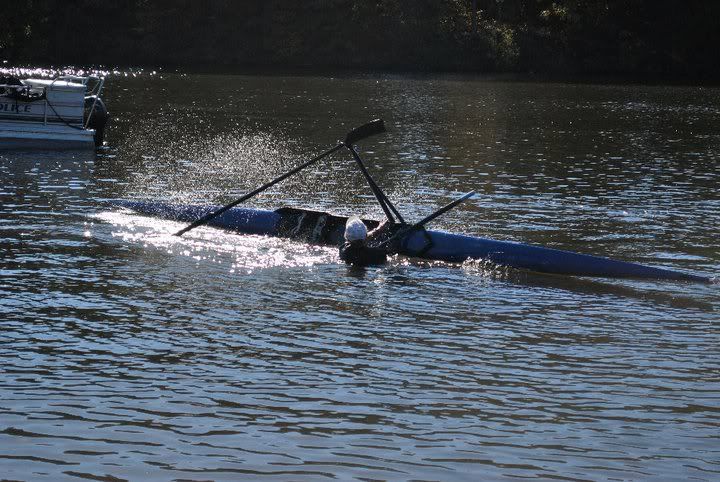The amount of force applied in total is equal to the total area under the curve (as yo've been told many times). Theoretically a perfect rectangle as tall as possible from the start to the end of the stroke would be ideal, though clearly that's impossible. As with yours, force curves are generally loaded to the front, because that's where the strongest muscles are doing the majority of the work. Load it too much at the start, however, and you're wasting energy *otw* because of the problems with slip that have been mentioned earlier, amongst others. So it's better to apply a somewhat smaller force for a greater proportion of the stroke, rather than a larger force that diminishes more quickly. Even if the area under the two curves is the same, the flatter curve will drive a boat faster.ranger wrote:Sure, that's what I _thought_ was claimed.PaulH wrote:I know you think that's what's been claimed, but can you give us a quote where it's *actually* claimed?ranger wrote:I would still like someone to demonstrate how, rowing efficiently and effectively on the erg, the force at the catch can be sustained right through to the finish, as it has been claimed is best for rowing OTW.
But, hey, if I was mistaken, that's fine with me.
Then there's no problem.
ranger
So yes, you were mistaken, but that doesn't mean it works as you think either.

